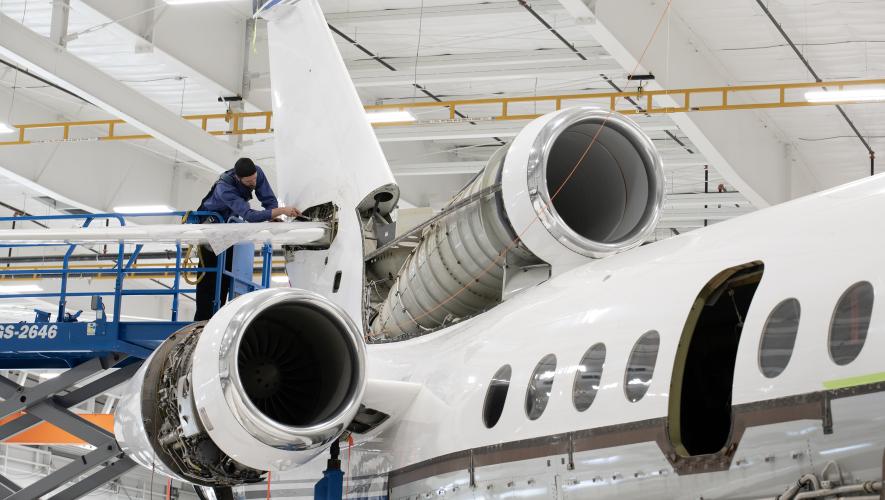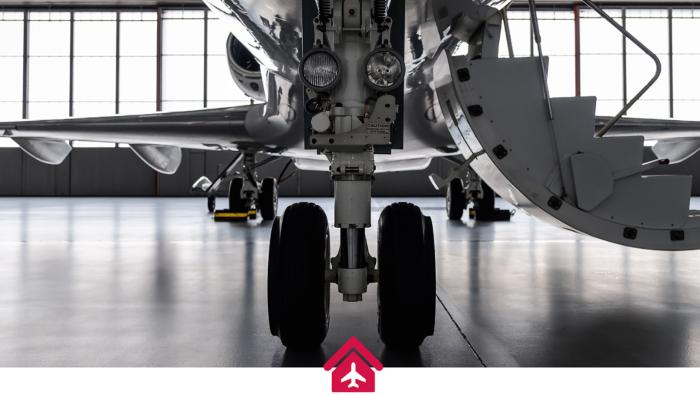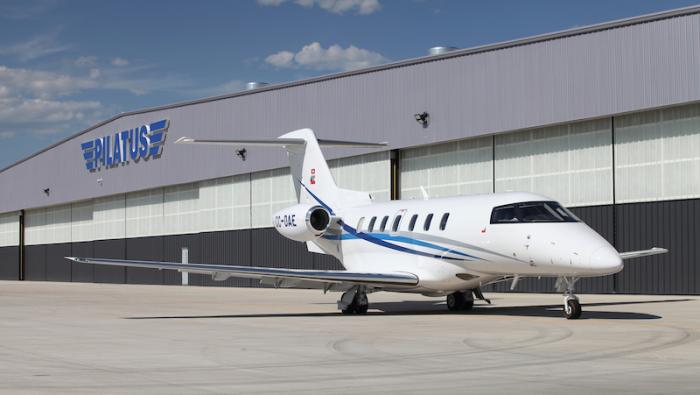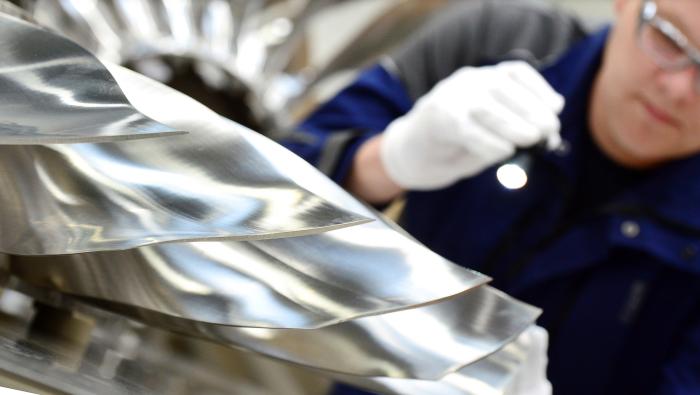There’s a storm brewing in the aviation industry—and it’s not in the skies. It’s in the hangars, offices and training centers where maintenance, repair and overhaul (MRO) centers across the country are struggling to find and keep skilled professionals. Twenty years ago, the supply of aviation maintenance technicians kept up with demand, fueled by technical schools and military training programs. Today, that balance has disappeared.
A wave of retirements, fierce competition from commercial airlines and shifting workforce expectations have put business aviation at a critical crossroads. If the industry doesn’t adapt, shortages of maintenance technicians and other essential personnel could threaten its ability to meet rising demand.
“These challenges aren’t just on the horizon — they’re here now,” said Sharon Hamilton, director of human resources at Western Aircraft. “The aviation industry must rethink how we attract, train and retain talent if we want to stay ahead of workforce shortages.”
Key factors driving the shortage
Aging workforce and skill gaps
Reports from the National Business Aviation Association show that a significant portion of the aviation workforce is nearing retirement — more than one-third of business aviation maintenance workers are over 55. Meanwhile, fewer young professionals are entering the field, widening the skills gap. Some companies have partnered with aviation maintenance schools to build a talent pipeline, but demand for skilled technicians is outpacing supply.
Changing workforce expectations
According to Aviation Job Search, younger professionals prioritize work-life balance, flexible schedules and personal growth over traditional job security. To attract and retain new talent, aviation companies must adapt their employment offerings to meet these expectations.
Competitive compensation
Pay plays a major role in employee turnover within MROs. Higher-paying competitors are drawing talent away. A Goose Recruitment survey in late 2024 found that 75% of permanent MRO and engineering employees planned to seek new roles within the year, citing career progression and salary as their top motivators.
How Western Aircraft is adapting
Based in Boise, Idaho, and in business for 68 years, Western Aircraft is taking a proactive approach to recruitment, retention and employee development.
Expanding talent pipelines
Western Aircraft has built a recruitment strategy with in-house recruiters sourcing talent across all roles. They tailor outreach methods to reach the right candidates, leveraging networks, job boards and professional communities. They also work with high schools, colleges and headhunters to build long-term pipelines.
Additionally, they hire from outside aviation, training:
- Custom cabinet makers and automotive painters for interiors and paint shops
- Fuelers and warehouse staff with no prior aviation experience
This broadens recruitment and helps address labor shortages while increasing workforce diversity.
Offering competitive compensation and career growth
Western Aircraft retains employees through career development and compensation growth programs — even for entry-level workers. The company recently updated its vacation policy and shortened the benefits eligibility timeline to support recruitment and retention efforts. By providing earlier access to benefits and more competitive time-off options, Western demonstrates its commitment to creating a workplace that values employees from the start.
- Defined career progression: For A&P and avionics technicians, Western Aircraft has a syllabus-based program that outlines a clear path from entry-level to lead technician. Employees control their own growth, advancing at their own pace through skill-building milestones and pay raises. With 99% of eligible employees choosing to follow the structured growth path, the program has become a powerful tool for retention. Hamilton said that more than 145 current employees have been promoted at least once, if not multiple times, during their tenure.
- SkillBridge program: This program provides a seamless transition for exiting military members into civilian aviation careers. As a SkillBridge-approved employer in Idaho, Western offers opportunities in maintenance, avionics and structures. During the last six months of service, participants gain hands-on experience in a real-world aviation environment, leveraging their military skills for a smooth career shift.
- Apprenticeship program: Designed for individuals with little to no experience, this program offers a structured path to becoming skilled aviation professionals within three years. Apprentices start with fundamental tasks and gradually progress to working on the floor. Ultimately, they can test and acquire their A&P license, becoming certified aircraft mechanics. It provides entry-level professionals with deep-rooted career opportunities.
- Pre-Flight program: This in-house training initiative for newly certified A&P mechanics equips them with firsthand experience in a real-world shop environment. It teaches SkillBridge candidates and experienced technicians transitioning from other environments how to work on new airframes, navigate the work order system and become familiar with maintenance manuals. This allows new employees to learn systems and be self-sufficient before they are released to the shop floor.
- Avionics Installer program: A six-week entry-level training initiative, this program develops future avionics technicians. Participants learn fundamental skills such as wire installation, labeling, terminating, harness building and general installation practices. Those who meet performance requirements can advance into aircraft technician roles. Open to local candidates from any background, the program provides a structured pathway into aviation careers.
Creating a modern work culture
- Flexible scheduling: Offering flexible work schedules and adaptable hours when feasible provides employees greater control over their time and enhances their sense of work-life balance.
- Retention-focused environment: More than 45% of employees have been promoted internally. Additionally, 40 former employees have returned in the past five years — a testament to Western Aircraft’s positive culture.
Looking ahead: The future of aviation recruitment and retention
“The aviation industry is growing, and in the next five years, we’ll see a surge of newly certified professionals,” Hamilton said. “The challenge isn’t just bringing them in — it’s keeping them here. Competing industries like space, unmanned drones and renewable energy draw talent away.”
So how do companies retain talent?
“The key to keeping people in aviation isn’t just getting them in the door — it’s showing them a future worth staying for,” Hamilton said. “We need to create clear career paths, embrace innovative technology and build a culture that values work-life balance and professional growth.”
Aviation is hands-on, purpose-driven work. When people see the real-world impact of their role—keeping aircraft flying safely, advancing new technologies and shaping the future of flight—they stay engaged and excited.
For more information on any of Western Aircraft’s programs or open positions, contact human resources at hr@westair.com or visit westair.com/careers.







